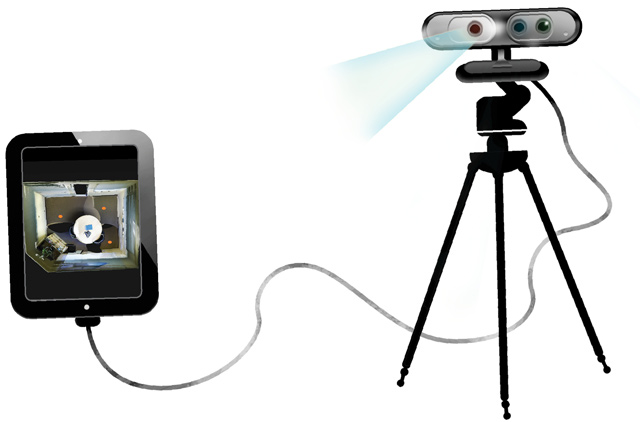3-D Modeling is Changing Real Estate
CREtech Blog
Just like crowdfunding is changing the way we invest, so too has 3-D modeling changed the landscape of real estate.
Using advanced modeling software and 3-D printers, developers and investors now have the ability to view a scaled-down version of a layout before a contractor starts working. This not only lowers construction costs by a considerable amount, investors from around the world can potentially strong getting involved in projects long before the first shovel of dirt tills the soil.
But that’s only the beginning.
‘Floored to Ceiling’
Floored, founded by Dave Eisenberg, Dustin Byrne and Judy He, created a 3-D modeling software built specifically for commercial real estate developers, investors, and owners.

Working hand-in-hand with a 3-D scanner called Matterport, the software directs the scanner to map out and scan an entire room, creating a digital representation as it goes. You might be thinking, “So what, we do that already.”

Here’s where it gets exciting.
Floored’s software collects structural data, such as dimensions or window placements, creates empty models that can then be manipulated. It then ports that data into a much more manageable interface—like an iPad application—for universal use or to a 3-D printer where the structural design could be printed to presentation scale.
To take it one step further, builders are using this kind of data to explore the idea of using 3-D printed materials in actual construction. You may have heard that NASA recently emailed a wrench into space—now think about those applications on a larger, more local scale.
Engineers could print building components used in houses and offices, which would be especially useful in hard-to-reach or rural parts of the planet; much like going into space.
Not Quite There yet
As it is, we’re still a ways off. 3-D printing is still primarily used for building prototypes and not much has been done in the way of full-fledged manufacturing. In the future, however, 3-D printing may very well be the new way to create all sorts of things—even real estate. It will help us cut costs, develop new products, and change lives.
Someone to keep an eye on is Janjaap Ruijssenaars, a Dutch architect that in 2013 announced plans to build houses using the world’s largest 3-D printer. He and a group of architects, designers and engineers building a Mobius “strip home” using the world’s largest 3D printer that will have an estimated floor space of 12,000 square feet!

There are a lot of challenges before this technology is in full effect, but it’s a very real possibility that within 20 years we’ll be printing houses instead of building them.
